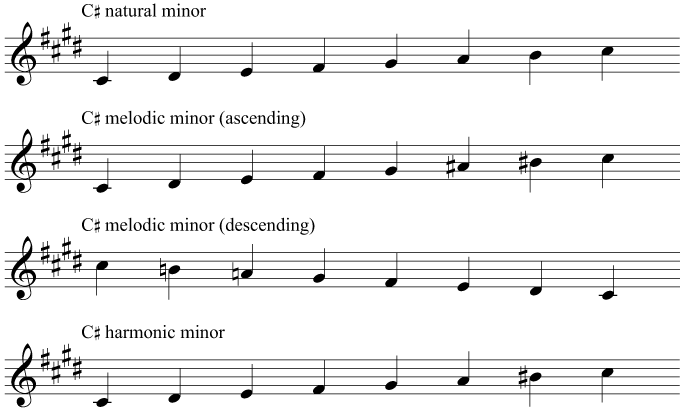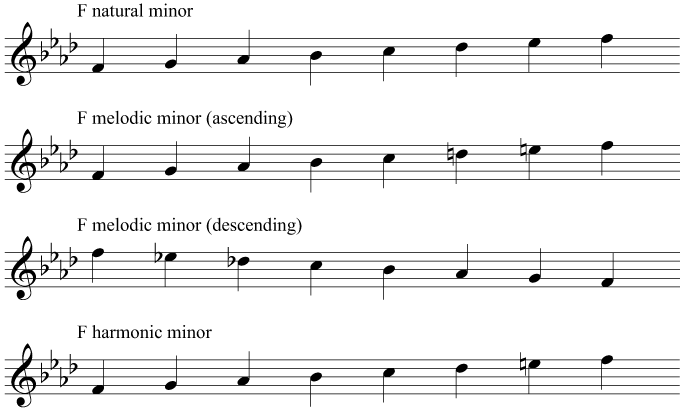Keys level 3
In this guide...
Key terms:
Subscription required!
To view the complete study guide, you will need a valid subscription. Why not subscribe now?
Already have a subscription? Make sure you login first!
Introduction
Time for a round-up of new key signatures and scales with four sharps or flats.
Key signatures
Before we leap into the keys themselves, let's just recap one important point: how to correctly order the sharps or flats in the key signature.
There are three rules for this:
- Add new sharps (or flats) to the right of previous sharps (or flats)
(So in A major, we add the new sharp - G sharp - to the right of the two sharps from D major) - Put the sharp (or flat) in the highest available line (flats) or space (sharps), without going out of the stave
- The sharps (or flats) must rise and fall in sequence, unless doing so would cause the sharp/flat to go out of the stave
(So, if a sharp or flat is above the one before, the next sharp must go below)
Eventually, you will become so familiar with key signatures that you won't need to remember these rules (and they are admittedly quite specific and complicated, but it's useful to understand precisely how and why key signatures are as they are.
E major
Let's begin with four sharps: the key and scale of E major.
 The key signature and scale of E major
The key signature and scale of E majorC sharp minor
As usual, we can find out the relative minor of E major by looking a minor third below E - to get C sharp minor:
 The key signature and scales of C sharp minor
The key signature and scales of C sharp minorAs with F sharp minor, C sharp minor can seem a little unfamiliar and strange because of the unusual note B sharp. But, as with F sharp minor and the other minor keys, it follows exactly the same pattern!
A flat major
Turning now to four flats: the key and scale of A flat major.
 The key signature and scale of A flat major
The key signature and scale of A flat majorF minor
A flat major is the relative major of F minor which also has four flats in the key signature:
 The key signature and scales of F minor
The key signature and scales of F minorIn the bass clef
Here are these same two key signatures in the bass clef:
 Four sharps and four flats in the bass clef
Four sharps and four flats in the bass clefRead more...
With a subscription to Clements Theory you'll be able to read this and dozens of other study guides, along with thousands of practice questions and more! Why not subscribe now?
Revision
Are you sure you've understood everything in this study guide? Why not try the following practice questions, just to be sure!